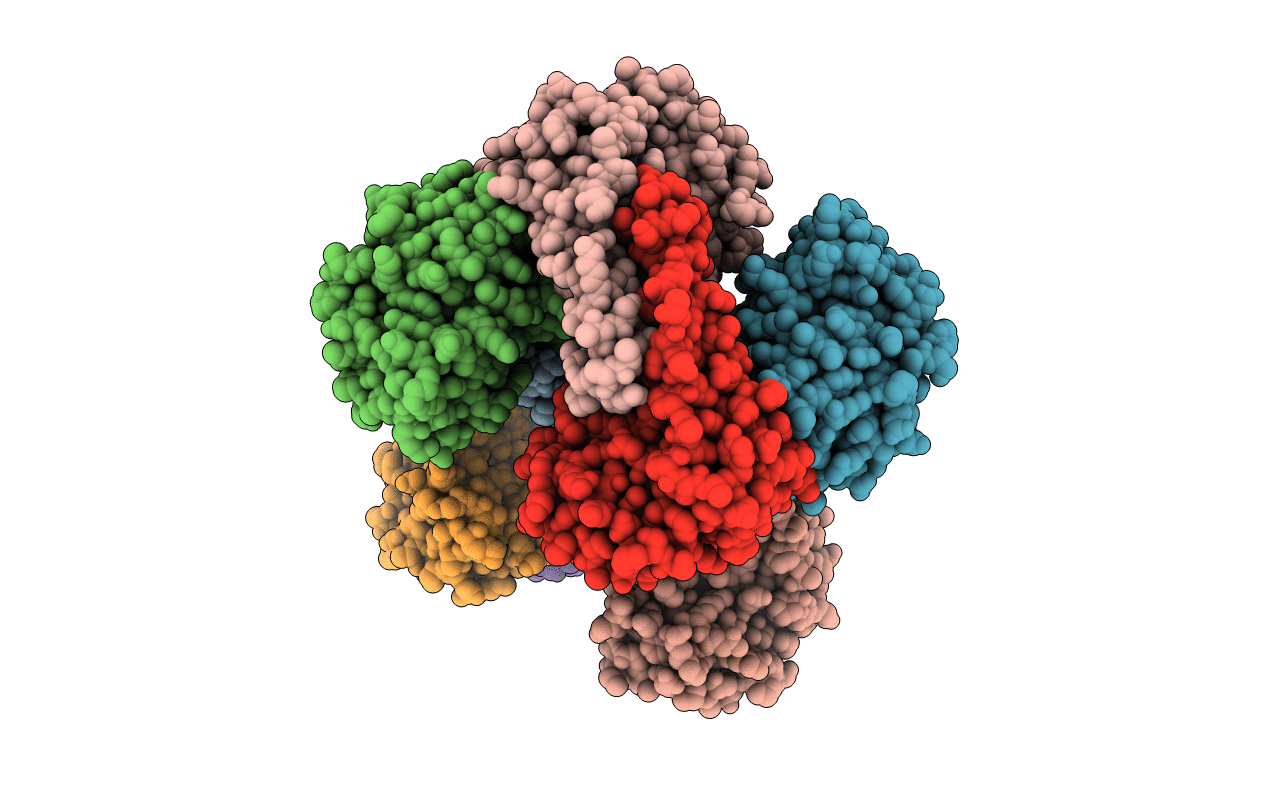
Deposition Date
2021-11-19
Release Date
2022-02-16
Last Version Date
2023-10-18
Entry Detail
PDB ID:
7SVS
Keywords:
Title:
Crystal structure analysis of the G73A mutant of Superoxide Dismutase from Trichoderma reesei
Biological Source:
Source Organism:
Hypocrea jecorina (strain QM6a) (Taxon ID: 431241)
Host Organism:
Method Details:
Experimental Method:
Resolution:
2.80 Å
R-Value Free:
0.25
R-Value Work:
0.19
R-Value Observed:
0.19
Space Group:
P 21 21 21


